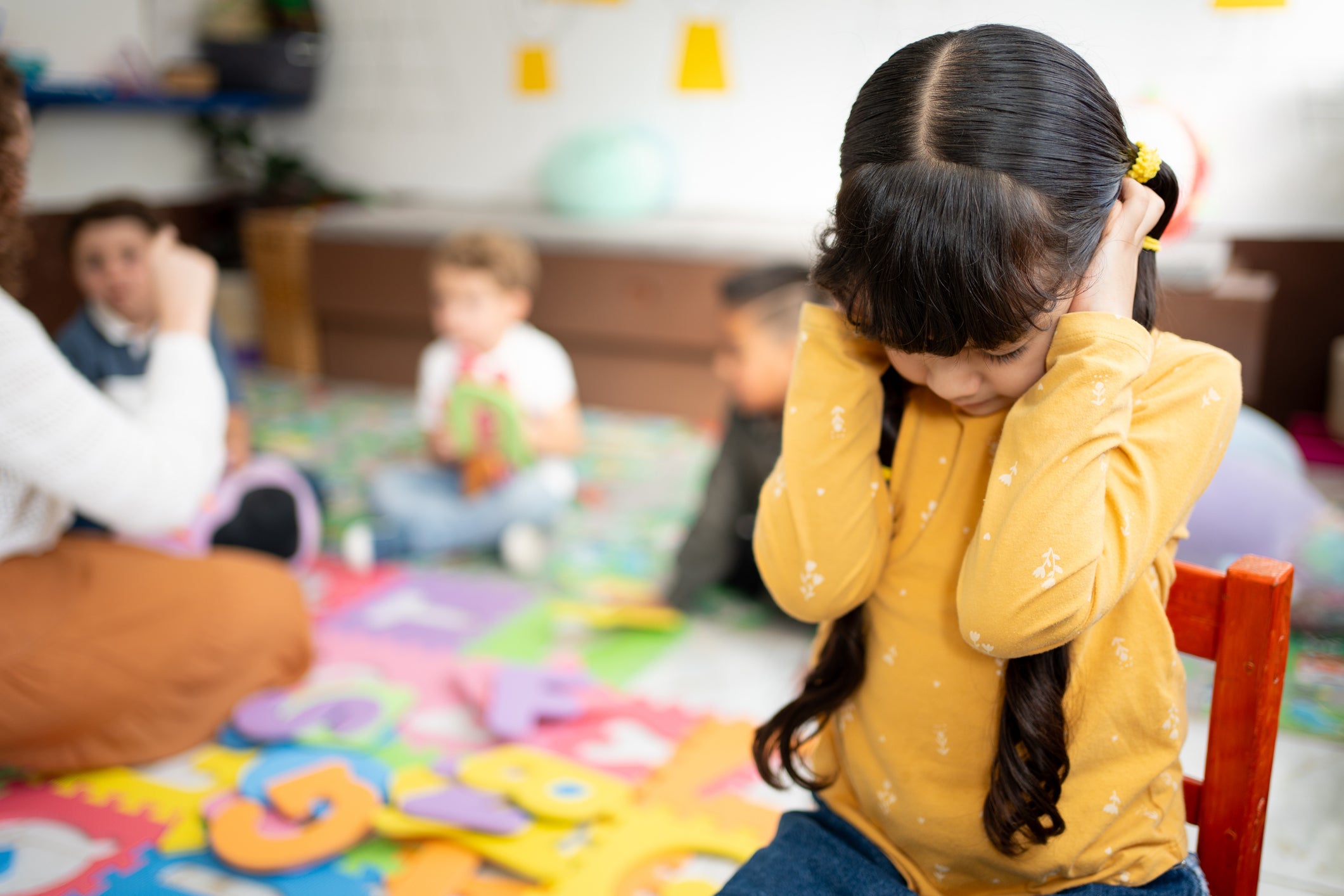Autism spectrum disorder is being identified with greater frequency, as a growing number of children are diagnosed annually; however, this trend indicates enhanced recognition rather than a reason for concern. To comprehend autism fully, one must acknowledge both the difficulties it presents and the distinct viewpoints autistic people contribute to our communities.
A deeper dive into the prevalence of autism
Recent data from the Centers for Disease Control and Prevention (CDC) indicates that 1 in 31 children in the United States are diagnosed with autism spectrum disorder (ASD) by age 8, an increase from 1 in 36 in 2023. This steady rise in diagnoses reflects not only improved awareness and diagnostic practices but also a broader societal acknowledgment of neurodiversity. As a researcher and an individual diagnosed with Asperger’s syndrome, I have witnessed firsthand how these statistics intersect with personal experiences and community perceptions.
Autism spectrum disorder affects individuals differently, typically influencing social communication, interaction, and behavior patterns. Decades ago, autism was considered rare, with estimates as low as 1 in 500 children. However, early studies in the late 1990s, such as those conducted in New Jersey, revealed higher prevalence rates, closer to 1 in 150 children. The establishment of the Autism and Developmental Disabilities Monitoring Network by the CDC in 2000 allowed for nationwide tracking, confirming that autism was far more common than previously believed.
Geographic and demographic factors influence prevalence rates. For instance, California reports approximately 1 in 19 children with autism, whereas Texas ranges from 1 in 51 to 1 in 103. In Arizona, the prevalence aligns closely with the national average at around 1 in 32. While boys are still more frequently diagnosed than girls, the gender gap has narrowed, reflecting improved recognition of how autism manifests differently across sexes.
From diagnosis to societal acceptance
The increasing number of autism diagnoses shouldn’t be viewed exclusively as a detrimental development. A significant number of children on the autism spectrum are fully engaged in educational settings, athletic pursuits, and social interactions. Studies reveal that most of them aim to pursue higher education and build fulfilling careers. These achievements underscore the necessity of perceiving autism not just as a collection of difficulties, but as a broad range of distinct talents and prospects.
The evolution of diagnostic standards has broadened the scope of autism’s definition, facilitating earlier and more precise recognition across a diverse spectrum of behaviors. Concurrently, growing societal understanding has fostered an atmosphere where individuals on the autism spectrum are more prominent and integrated, both in media depictions and in daily communal interactions. Autistic characters frequently take on leading roles in movies and TV shows, offering viewers authentic and inspiring representations that dismantle antiquated preconceptions.
The worth of neurodivergent viewpoints
People on the autism spectrum offer distinct perspectives and talents that enhance professional environments, social groups, and artistic pursuits. The capacity to discern recurring themes, conceptualize novel ideas, and tackle challenges from unconventional viewpoints has characterized numerous accomplished individuals with autism. For instance, Temple Grandin’s autism shaped her groundbreaking contributions to animal behavior, and Dan Aykroyd attributes his Asperger’s syndrome to fueling imaginative ventures like the movie “Ghostbusters.” These instances highlight how neurological diversity can foster both cultural and scientific advancements.
Recognizing these strengths also informs policy and community planning. Programs designed to accommodate diverse needs—such as flexible work arrangements, specialized educational support, and targeted vocational training—enable autistic individuals to thrive in professional and social settings. Cities that attain autism certification exemplify how municipal initiatives can create sensory-friendly, inclusive environments, ensuring broader access to healthcare, education, and recreational activities. Mesa, Arizona, for instance, achieved such certification in 2019, serving as a model for other municipalities aiming to support autistic residents.
Fostering diverse communities
The growing awareness of autism presents a chance to transform public perceptions and foundational structures. Educational frameworks need to evolve to support an increasing population of students with developmental variations, integrating specific training for educators and customized classroom adjustments. Similarly, healthcare professionals can adopt methods that address the requirements of autistic individuals, focusing on dialogue, empathy, and personalized treatment.
Workplace inclusion is another critical area. Programs that hire, train, and retain workers with disabilities, along with accommodations such as remote work, contribute to economic empowerment and community participation. By addressing the full spectrum of needs—from education to employment to independent living—society can cultivate environments where autistic individuals can succeed alongside their neurotypical peers.
Changing views on autism
Ultimately, the growing incidence of autism signifies more than just a statistical pattern; it mirrors heightened recognition, comprehension, and embrace. Autistic people, with their unique cognitive styles, provide significant contributions that enrich societies and question traditional methods of addressing issues. Perceiving autism from this perspective fosters a more welcoming and vibrant community, where variations are honored instead of being disparaged.
As children diagnosed with autism today grow into adults, it is imperative for policymakers, educators, employers, and community leaders to continue building structures that support lifelong engagement and success. The growing visibility and acknowledgment of autism invite society to harness the strengths of neurodiverse populations, ensuring that everyone has the opportunity to participate meaningfully in all aspects of life. By fostering acceptance and accommodating differences, we can create vibrant, inclusive communities where every individual’s potential is recognized and valued.
The evolving understanding of autism—its challenges, capabilities, and societal implications—demonstrates that neurodiversity is not something to fear but a powerful catalyst for innovation, empathy, and community growth. Recognizing the contributions of autistic individuals is essential to building a world where all perspectives can flourish.





